All about planting okra and caring for an exotic plant
Many summer cottages today resemble experimental sites. On their beds, vegetables, the cultivation of which has long become a tradition: cucumbers, tomatoes, carrots, onions, potatoes, happily coexist with exotic crops. A close relative of mallow, okra, whose homeland is hot Africa, will appeal to fans of such experiences. The plant is also known under other names - ladies' fingers, edible abelmos, okra or gombo.
Requirements for conditions of detention
The southern origin of okra is the reason for its intolerance to cold weather. This culture is one of the most thermophilic. Its cultivation will be successful only in those regions where eggplants and peanuts bear fruit well in the open field. In the south of the country, you don't have to worry about okra, it will be enough to provide it with simple care. In areas with a temperate climate, it is bred either at home, or by placing seedlings obtained from seeds on the beds.
Okra loves light, loose soils, rich in organic fertilizers. Good drainage is also important for her. Warmth and light are the main conditions for its full development. The okra beds are best done in the most open and sunniest part of the garden. The southern slopes are optimal for its cultivation. The culture is afraid of drafts and northern winds, so it is recommended to plant it in places that are reliably protected from them. Colds also have a bad effect on her. Until the probability of sudden temperature fluctuations becomes minimal, plantings are protected from them with a film. The length of daylight hours does not really matter for her.
Advice
It will delight you with a rich okra crop on the plots where plants from the pumpkin family were placed last season. It can be planted after legumes. It develops poorly only after its congeners - other mallow crops.
The place for the okra is prepared in advance. During autumn work in the garden, the soil is carefully dug up. In the spring it will need to be deeply loosened, having previously scattered mineral preparations with a high phosphorus content over the area.
How to get viable seedlings
Growing okra by seedlings has significant disadvantages. Seedlings obtained from seeds at home are more likely to get sick and bring less harvest. Taking care of them will take more time and effort. But in regions with a temperate climate, there is simply no other way to grow ladies' fingers in the open field.
Sowing seeds for seedlings is carried out at the end of winter or at the very beginning of spring. It is convenient to use peat cups for this. They are filled with fertile soil and 3 okra seeds are placed in each. So that they sprout faster, they are soaked a day before sowing. From above they are covered with a 4-centimeter layer of soil.
Temperature conditions are important for seed germination, the air must be warmed up to 18–21 ° C. It is necessary to create greenhouse conditions for them. Immediately after planting the okra, the containers are covered with foil, or even better with glass. Condensation will accumulate on its surface, which must be disposed of every day. For this, the glass is simply turned over.
It will take about 2 weeks, and the okra will sprout, then the shelter is removed. In the first 5 days, caring for the sprouts involves ensuring coolness, the optimum temperature will be 13 ° C. Then it is gradually increased to the previous level. The seedlings are allowed to grow a little, and then the strongest one is chosen, it is left to develop further, and the rest are weeded out. Only with this approach can you get viable okra seedlings.Seedlings grown in a common container often die when placed in open ground. Their root system is pivotal; during transplantation, it receives severe damage. If they take root, then their development will be very slow.
Planting seedlings in the beds
Okra seedlings are placed in open ground at the age of 40-45 days. By this time, they stretch to a height of 10-15 cm. Usually they are planted in early June, when the ground warms up well. They use a scheme for her, according to which plant seeds are sown in open ground. The beds for seedlings are prepared in advance, choosing weeds from the soil and abundantly fertilizing it with humus.
Planting okra is a responsible process. It is he, like competent care, that determines the successful cultivation of a crop. The planting of seedlings is completed by sequentially performing 3 procedures:
- abundant watering;
- mulching the soil surface;
- stretching the film to protect against cold and wind.
Okra develops well in greenhouse conditions. It needs to be watered less often, as water from the soil under the film evaporates more slowly. But if the greenhouse is not ventilated, the air in it becomes too humid, which can ruin the plants. Therefore, the film is regularly lifted. Seedling care also involves controlling the temperature inside the greenhouse, it should be between 20-30 ° C. Overheating will not benefit young people.
Other breeding methods
In the south of the country, the sowing of okra seeds is taken directly to the beds. They begin to it in the spring, when the heat is finally established. To correctly determine the timing of landing, you will have to arm yourself with a thermometer. The time has come, if the 10-centimeter surface layer of the earth on the site has already warmed up to 15 ° C.
The optimum depth for okra seeds outdoors is 3-5 cm. It depends on the soil structure. Their landing is carried out according to the following scheme:
- the row spacing is made equal to 60-70 cm;
- neighboring plants are placed at intervals of 25-30 cm.
You can expect friendly seedlings from seeds if the temperature does not drop below 20-22 ° C. This is the main condition for healthy development, fast growth and high yield of seedlings. For young, not yet formed plants, sudden cold snaps are destructive. Adult okras are more resistant, they are able to withstand even small (up to -2 ° C) frosts. But low temperatures have a bad effect on their growth - it temporarily stops.
Having decided to grow okra at home, you need to choose dwarf varieties, up to 40 cm high. Caring for them will not cause difficulties. The most important thing for indoor okra is to choose the right place. The plant loves space and good lighting. If you put the pots with it on the windowsills of sunny windows, the okra will delight you with flowering and even harvest.
Features of agricultural technology
Growing okra is not difficult and time consuming. Caring for her consists in procedures familiar to most gardeners, including:
- watering;
- top dressing;
- weeding;
- loosening the soil between the rows;
- hilling.
Okra does not need frequent watering. If the plants are not yet bearing fruit, the beds are moistened only in dry weather. During the harvest period, the plantings are watered 2 times a month. It is important not to overdo it with the amount of water applied. Stagnant moisture at the roots of a plant will harm it much more than prolonged drying out of the soil.
When the height of the main stem of the okra is 40 cm, you need to pinch its upper part. The procedure stimulates rapid growth and active branching of its lateral shoots. At the same time, they begin to fertilize the okra. Care in the form of dressings is carried out regularly, with a frequency of 2 weeks.
Okra reacts best to complex mineral preparations. At the stage of intensive development, budding and flowering, nitrogen is harmful to the plant, but a lot of phosphorus and potassium are needed. A fertilizer of a suitable composition is thoroughly dissolved in water (in a ratio of 20 g of the drug per 1 bucket of liquid) and poured over the plantings. It is good to use wood ash for fertilizing.
Advice
Tall okra can reach a height of 2 m, and its stems are highly branched. To facilitate the care of the plant, it is tied to supports, repeating the procedure as necessary.
Harvesting
If you strictly follow the recommendations on crop agrotechnology, the cultivation of okra will end up with a rich harvest. Early ripening varieties of okra are covered with flowers at 2 months of age, and 5 days after that, the first bright green pods can be removed from them. In the southern regions of the country, okra is harvested daily. In regions with a temperate climate - once every 3-5 days. You can not be late with the dates of collection: overripe pods become tough and rough, they are unsuitable for food.
The stems and leaves of okra are covered with fine bristles that can irritate the skin. Therefore, you need to harvest carefully, trying not to come into contact with the shoots. Cut the pods with a sharp knife. In room conditions, they can lie up to 10 days if placed in a dry cardboard box, having made holes in it for ventilation. It is much more convenient to store fruits in the refrigerator, where they will stay fresh longer. To obtain okra seeds, the pods are left on the plant until fully ripe. Okras bear fruit until autumn, until frost sets in.
Okra is an interesting culture. It has a long history of breeding, and its fruits are widely used in cooking and medicine. Okra pods are used to prepare salads, sauces, side dishes, soups. They can be fried, boiled, dried, pickled, frozen, canned. They even make flour from them. Crushed okra seeds have long been used as a spice, and the drink made from roasted okra grains can compete with traditional coffee in taste.
Growing this culture on the site will require certain knowledge, but there is nothing complicated about it. Some difficulties are caused by its exotic origin, but they are quite surmountable. It is worth providing the plant with a sufficient amount of heat and light, and it will certainly thank you for its care and attention with an abundance of useful fruits.
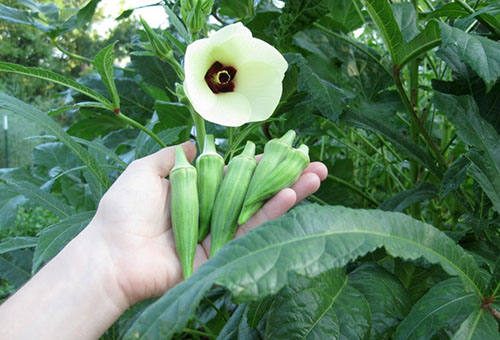
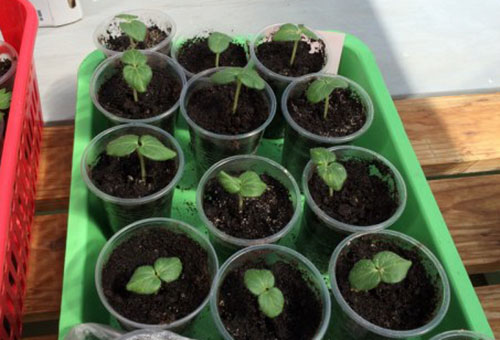
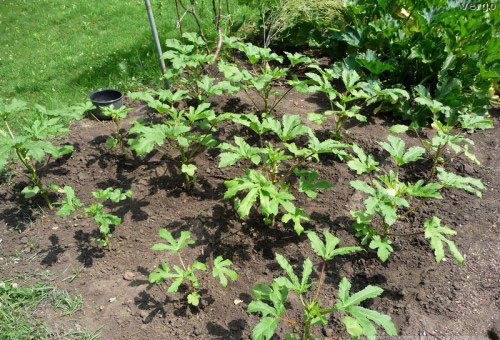
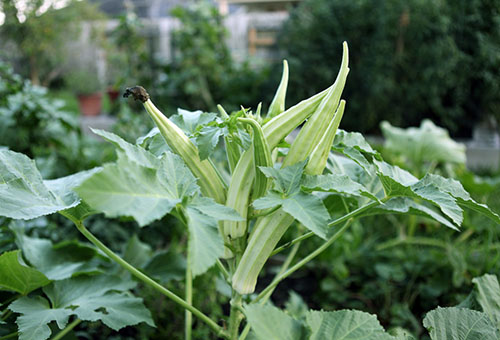
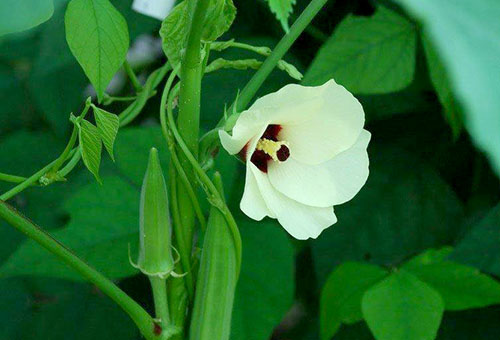
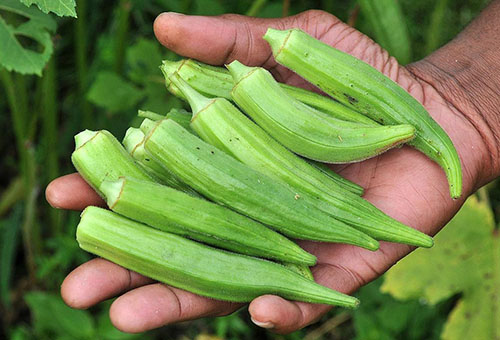
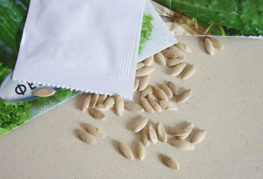
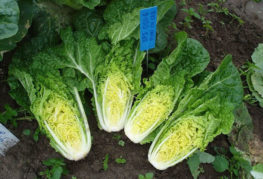
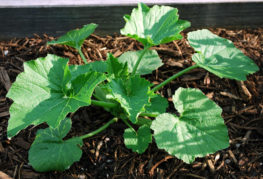
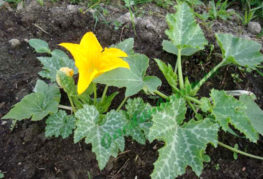

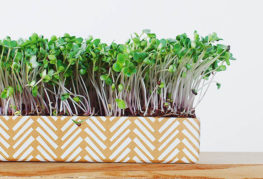
and will be published shortly.